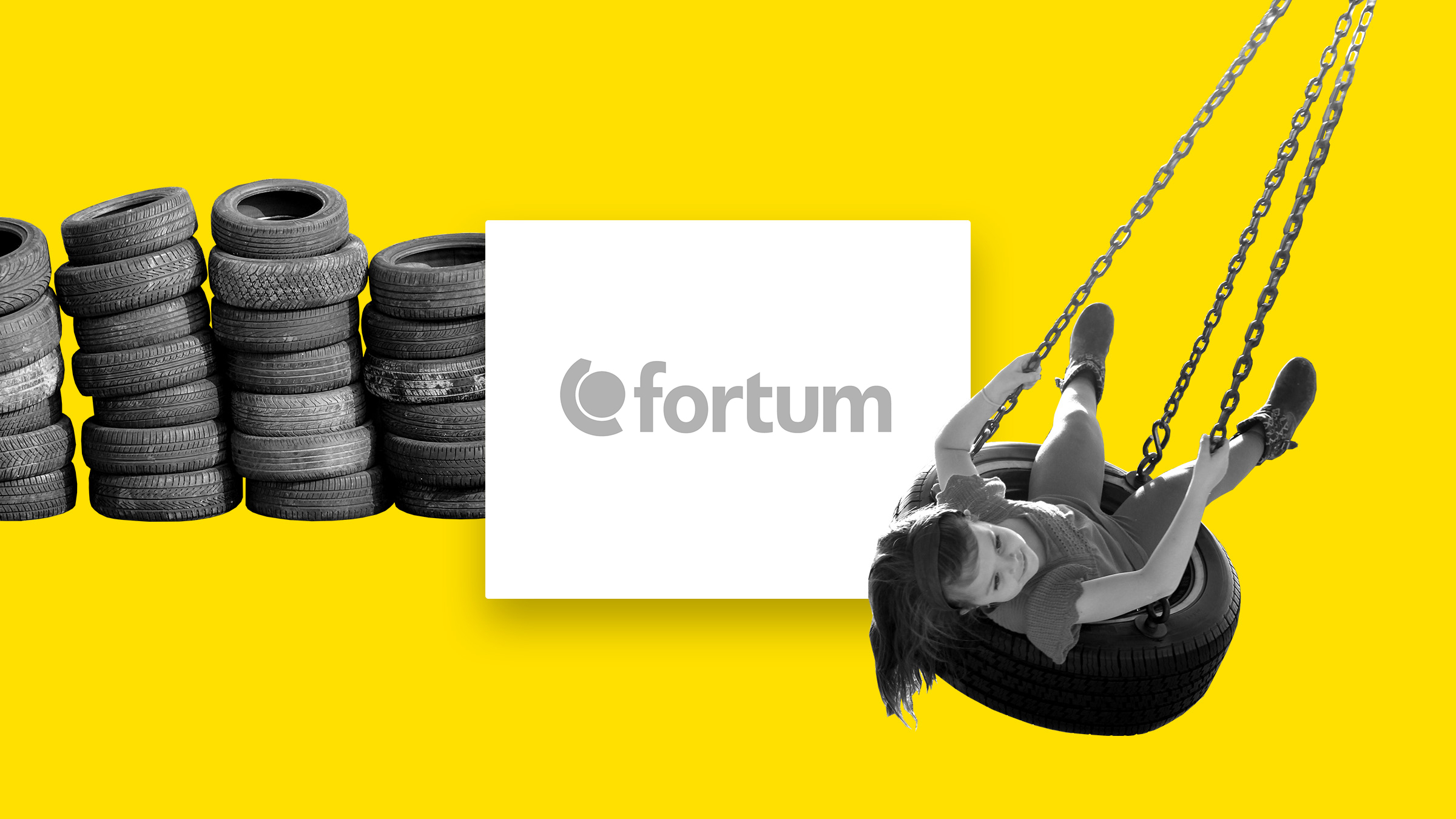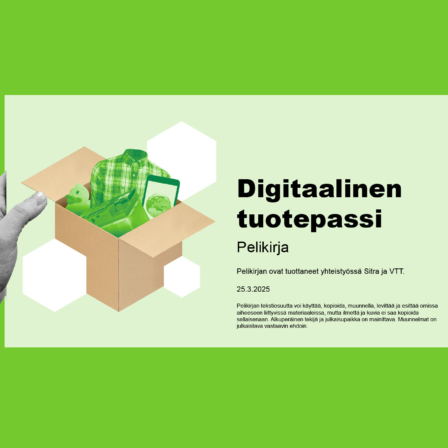Problem
Plastic is a versatile material but has an image of being unsustainable. Producing new plastic consumes oil, which contributes to climate change. Moreover, the benefits of using waste plastic have not been maximised, with much of the plastic waste ending up in incinerators or landfills.
Solution: recycling, sorting and processing used plastic into a recycled raw material
Plastic is collected throughout Finland and brought to Fortum’s Riihimäki Circular Economy Village (The Finnish Plastics Recycling Ltd and Finnish Packaging Recycling RINKI Ltd). The material to be recycled comes, in equal measures, from the collection of recyclable products, from mixed waste and from contributions from commerce and industry. The plant has an annual capacity of 20,000 tonnes. The different types of plastic are sorted, washed, dried and granulated in a process which combines new technologies. The recycled product has properties nearly identical to those of virgin plastic and contains only a few per cent of impurities. Additionally, the recycled plastic has a carbon footprint 85 per cent smaller than new plastic.
Revenue model and benefits for Fortum
The company’s service model has diversified along with the expansion of its operations from waste processing to raw material supply. This enhances networking and partnerships and creates a new, profitable business with an industrial production model.
Benefits for the customer
Recycled plastic costs 20-25 per cent less than plastic made from virgin raw materials, and supplies are more secure and less dependent upon oil price fluctuations. By producing a product with a lower carbon footprint, the customer improves their brand and public image. They can also now increase their recycling rate and meet legal obligations.


















Recommended
Have some more.